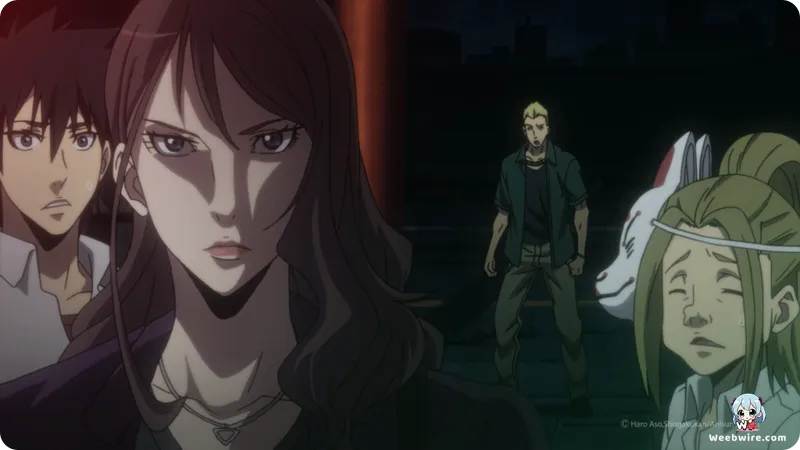Beyond the Games: Essential Alice in Borderland Trivia Unlocks Haro Aso's Psychological Masterpiece

The global phenomenon of Alice in Borderland, celebrated across various adaptations, finds its richest psychological tapestry woven into the original manga and the often-overlooked 2014 Original Video Animation (OAV) series. Far surpassing the typical death game formula, creator Haro Aso meticulously engineered a survival saga deeply rooted in literary references and profound philosophical questioning. Unearthing the hidden trivia behind the Borderland's deadly framework reveals the true genius of its design and the personal, introspective journey embedded within its creation.
The Explicit Tribute to Lewis Carroll
At the narrative's core lies an undeniable, pervasive tribute to Lewis Carroll's timeless classic, Alice's Adventures in Wonderland. This connection is more than thematic; it is explicit in the character naming conventions. Protagonist Arisu Ryouhei’s name is a direct Japanese phonetic nod to 'Alice.' Similarly, his allies are deliberate counterparts to Carroll’s iconic figures. Usagi Yuzuha, whose name translates literally to 'rabbit,' takes on the role of the White Rabbit, driving ceaselessly forward through the chaotic, inexplicable landscape. Meanwhile, the enigmatic Chishiya Shuntarou embodies the cool, calculating detachment of the Cheshire Cat, materializing and vanishing to dispense vital clues or cryptic warnings. The very setting, the 'Borderland' (Imawa no Kuni), functions as a chilling, dystopian mirror to Wonderland, where reality is inverted and illogical rules dictate life and death.
The Psychological Architecture of the Games
A crucial piece of world-building often missed is the deliberate psychological architecture built into the games, categorized by the four card suits. Each suit systematically isolates and tests a specific facet of human capability.
Spades (♠) are purely physical challenges, demanding brute strength and sheer endurance. Clubs (♣) focus on cooperation and balance, often necessitating sharp teamwork or strategic manipulation of fellow players. Diamonds (♦) belong to the intellect, requiring advanced logical, mathematical, and strategic thinking. Yet, the most emotionally crippling and most lethal are the Hearts (♥) games. These trials are designed to shatter the human spirit, requiring deep emotional sacrifice, trust, and ultimate betrayal. The Hearts category bypasses physical or mental prowess entirely, focusing on pure psychological torment and forcing participants to choose between survival and their own humanity. This rigorous classification proves Aso’s comprehensive intent to explore human nature under extreme duress.

Creator's Personal Connection and the OAV Scope
Adding a layer of profound authenticity, the character of Arisu is partially derived from Aso’s own experiences. The creator confessed that Arisu’s initial despair his feelings of alienation and lack of purpose before being thrust into the Borderland was drawn directly from Aso’s personal struggles in his late teens and early twenties. This autobiographical element grounds the horrific death games in a relatable philosophical quest for meaning.
For those who started with the 2014 OAV, it is essential to understand that this adaptation only offered a promotional glimpse. Animated by SILVER LINK. and Connect, the three episodes merely covered the opening arc, introducing Usagi and Chishiya and the first few games. The vast majority of the source material including the introduction of the powerful 'Face Cards' (Jack, Queen, King), the political intrigue of the temporary sanctuary known as the Beach, and the ultimate, highly anticipated conclusion remains exclusive to the manga, making the complete narrative indispensable for truly understanding the Borderland's mysteries and the brilliance of Haro Aso’s masterful plotting.
Credits
Alice in Borderland
Author
Haro Aso
Cover Art
Haro Aso
Studio
SILVER LINK.
Publisher
Shogakukan
Producers





